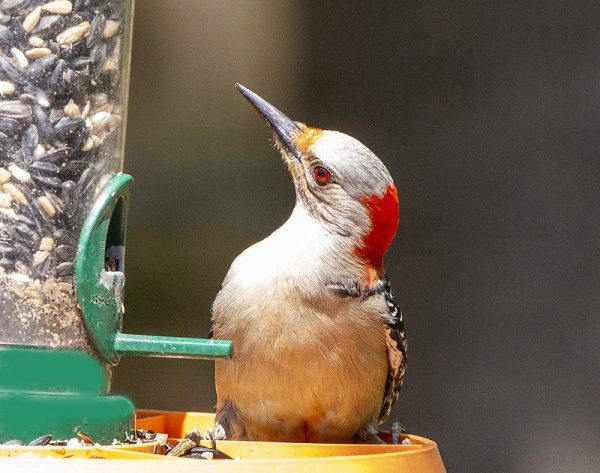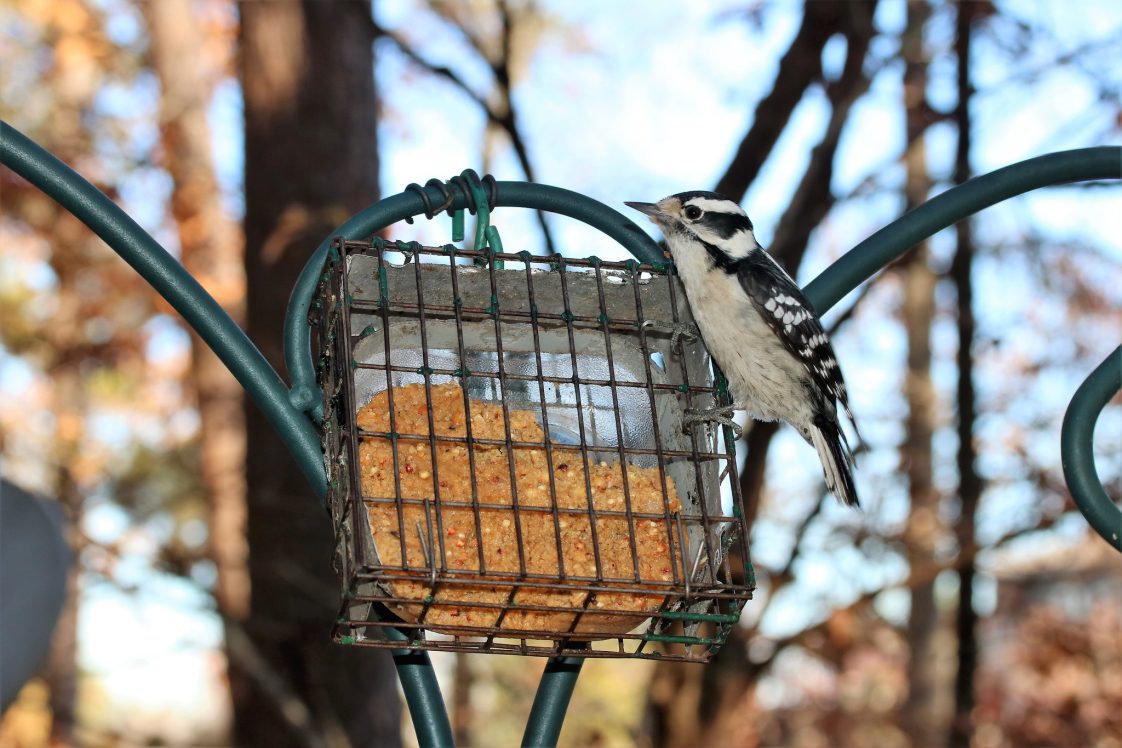Forestry & Wildlife

AUBURN UNIVERSITY, Ala. — Woodpeckers drumming on a home can be an effective alarm clock to kickstart a day, but they can also lead to headaches from noise and repair costs.
While woodpeckers are beautiful creatures to view, homeowners will likely hear them before seeing them, according to Alabama Cooperative Extension System Regional Agent Bence Carter.
“This knocking noise can be for a number of reasons, which include searching for food, excavating holes for nests or even communicating,” Carter said. “Woodpeckers will create elaborate sounds, called drumming, to establish a territory or attract a mate.”
Carter mentioned that elaborate communication comprises various rhythms and speeds and involves selecting different objects to produce distinct resonance sounds.
After locating the source of the sound, observers can identify woodpeckers by the distinguishable characteristics of their plumage. Alabama has eight species of woodpeckers including the following:
- Downy woodpecker
- Hairy woodpecker
- Pileated woodpecker
- Red-bellied woodpecker
- Red-headed woodpecker
- Red-cockaded woodpecker
- Northern flicker
- Yellow-bellied sapsucker
What’s the damage?
Woodpeckers can cause damage to homes and buildings by drilling holes in search of food or when creating nests. They target carpenter bee larvae and carpenter ants.
Additionally, woodpeckers can damage trees in search of food, which could attract more insects. Also, Carter said damage from woodpeckers could provide pathways for diseases in trees.
“Holes could get large enough and cause areas of rot,” he said.
What should I do if I find a woodpecker?
 Trying to kill or injure a woodpecker is something a homeowner should avoid. Carter said the Migratory Bird Treaty Act protects these birds. According to the United States Fish and Wildlife Service, significant fines and potential jail time are penalties for violating this act.
Trying to kill or injure a woodpecker is something a homeowner should avoid. Carter said the Migratory Bird Treaty Act protects these birds. According to the United States Fish and Wildlife Service, significant fines and potential jail time are penalties for violating this act.
“Most of the time, these birds are not causing any damage and should be enjoyed,” Carter said. “They have beautiful plumage and are fun to watch. Indirectly, these birds might be giving you a hint about an insect problem in your siding or in a tree that you otherwise might not have known about.”
Carter suggested that if a woodpecker is causing damage to a home or building, homeowners could attempt to hang a bird netting, a lightweight mesh or nylon webbing. Pull the net tight, and have several inches of space between it and the protected surface.
Carter also advised using visual and auditory hazing. Such examples include reflective ribbons, spinning deterrents and predator bird decoys. Also, loud noises and pops, distressed bird calls and predator sounds could include auditory hazing. Carter said it is possible for birds to acclimate to these measures over time, making them less effective.
“If the bird is attracted to insects in the structure, addressing the food source could deter the negative activity,” Carter said. “Hanging suet feeders in the wintertime might also provide another food source to attract the birds away from your home.”
When and where are woodpeckers found?
Woodpeckers live in many different habitats, from forestland to urban neighborhoods. Carter said one exception is the red-cockaded woodpecker, which only lives in fire-maintained pine forests. The federal Endangered Species list includes red-cockaded woodpeckers.
During spring and summer, woodpeckers are most active in drumming, as they establish territories and seek mates. Among the woodpeckers in Alabama, the yellow-bellied sapsuckers are the only migratory species that usually depart to breed in northern states and Canada. However, Carter said there might always be a few individuals that remain in the area.
More Information
For more information about wildlife in Alabama, visit the Alabama Extension website at www.aces.edu.

